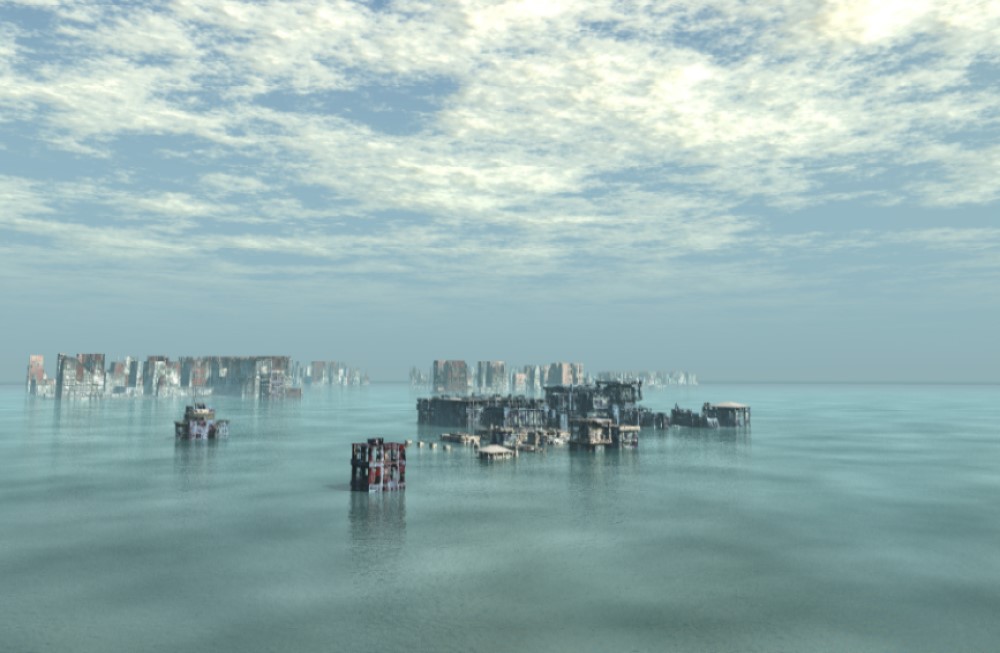
Sinking Cities
Everyone’s heard of Atlantis, right? The underwater city which fell victim to the wrath of the Ancient Greek Gods. It’s an interesting story, and most importantly: fictional. But are all sinking cities?
However, thanks to both nature and humans, the phenomenon of sinking cities doesn’t solely belong to fiction. And it never has; we’ve been losing cities to the sea for millennia.
The Sunken Cities
Heracleion
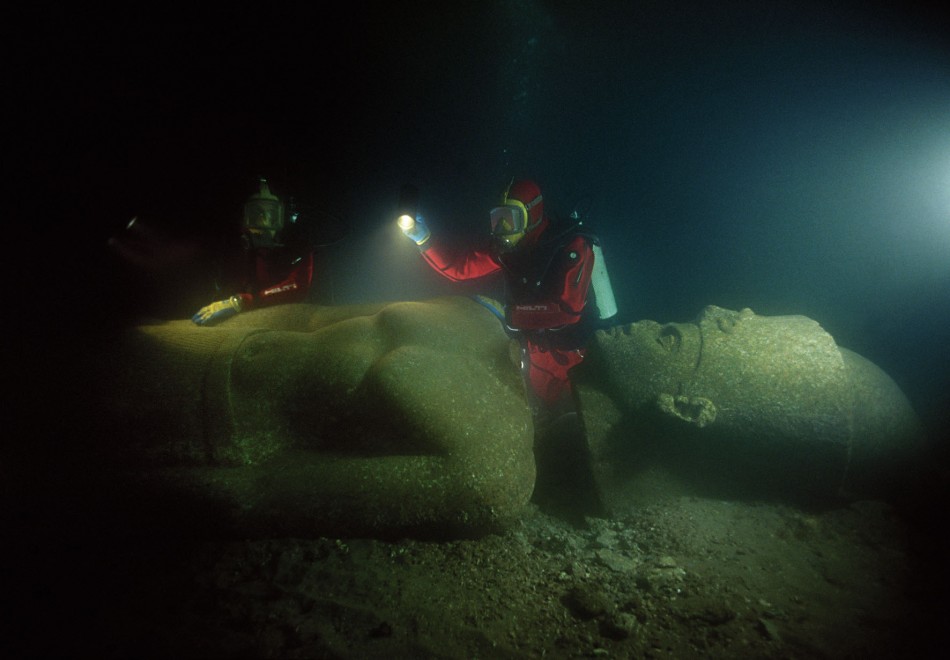
Heracleion was an Egyptian city that was also thought to be a myth, like Atlantis.
Writers and historians of the time had written of Heracleion, but no evidence of the port town’s existence had been found. That is, until 2000. This was about 1300 years after the city succumbed to the Mediterranean sea. Then, a team directed by Franck Goddido made the first discovery of the site.
The city, which was the Mediterranean’s largest port at the time, was located on the Nile. It’s thought that the unstable ground around the river played a part in the city’s untimely demise. Plus the weight of the incredible buildings and structures that made up the city.
Artefacts found so far, include:
- Coins
- Over 70 ships
- A stele featuring hieroglyphics (believed to be older than the Rosetta Stone)
- Temples
- Statues reaching 16ft tall
- Pottery
Goddido predicts that only 5% of that city has been explored.
Doggerland
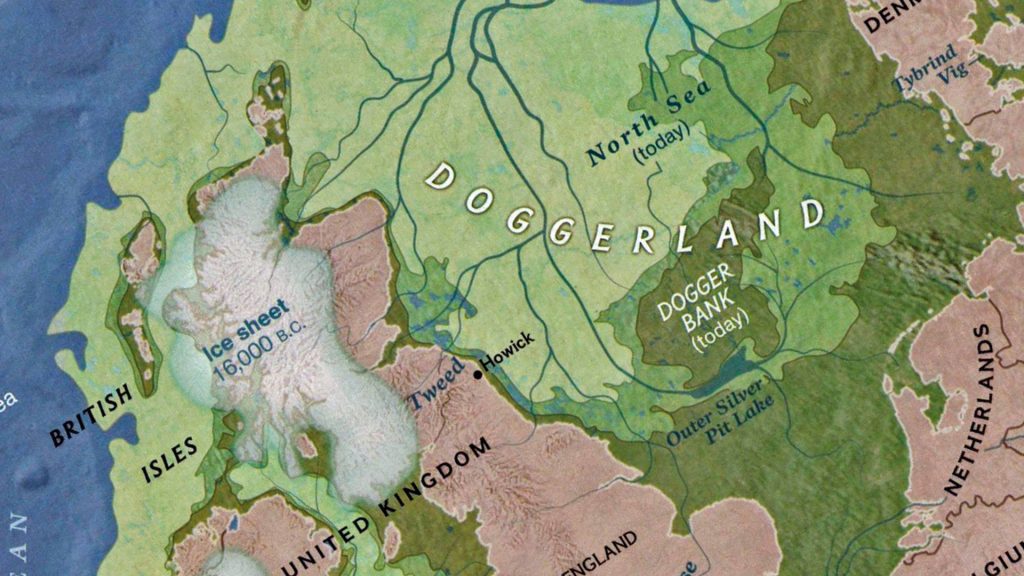
Doggerland was a huge strip of land that actually bridged the gap between Britain and Europe, which we now know as the North Sea.
10,000 years ago it spanned from France to Denmark to Britain, meaning that inhabitants at the time could technically walk from France, the Netherlands, Denmark, etc. to England and vice versa.
Knowledge of the lost land was realised as early as the 19th century when fishermen found mammoth bones at sea. Since then, a number of other artefacts have been found. These include part of a Neanderthal skull, tools, and more animal bones.
In the hundred of thousands of years that the land existed, it would come and go as it the climate would get colder and then hotter, resulting in flooding. But in 2000 years, the land would recede greatly due to the changing climate. The cold temperatures would soon begin to rise, causing ice caps to melt and sea levels to rise.
Around 9000 years ago, Doggerland was just an island between Denmark and Britain. Finally, around a thousand years later, a great tsunami would take out the last of Doggerland.
Port Royal
This coastal city – known as “the wickedest city on Earth” – is located in Jamaica. In 1692, it sank below the waves after an earthquake and a tidal wave.
It gained its reputation due to its population of prostitutes, pirates, and alcohol. However, it was also a place of relatively good wealth and power as the second largest English city at the time. The English there – who took the city from the Spanish in 1655 – mostly made their money off the slave trade and slave labour. Pirates would also loot Spanish ships for their goods.
After the disaster, only a third of it remained, but it never regained its former glory. Many saw it as an act of divine intervention, as punishment for the debauchery and sin that took place.
Much of the city remains intact beneath the waves, including buildings, ships, and thousands of artefacts.
How Humankind is Sinking its Own Cities
So, these things can happen naturally, as seen by all of those cities struck down centuries ago. But as time goes on, and as technology advances, human actions only seem to be speeding these tragedies up.
Land shifting, or the ground beneath our cities naturally becoming less porous which encourages flooding, are both natural causes. However, there are three things especially that we do have some control over: increased weight on land, groundwater extraction, and rising sea levels.
Firstly, this increased weight will largely come from buildings; houses, factories, skyscrapers, and the like. This weight compacts the earth below meaning less water can get soaked up, instead it runs over the top and floods our towns.
As for groundwater extraction, this is where water which is usually underground is taken from beneath the surface. This is being done to such an extent that the earth cannot keep up with the amount of water that we are taking.
The third issue is rising sea levels. As we’ve seen, this can happen naturally. Before the pollution and technology we have now, sea levels would fluctuate because of natural climate change. However, we have reached a point where we are now speeding up this climate change and, therefore, the rise in sea levels. Mainly thanks to the burning of fossil fuels and the subsequent release of greenhouse gases, which warm up the Earth and melt the ice caps.
When we step back and look at these three things, we seem hellbent on speeding up our own population’s demise.
Our Current Sinking Cities
Unfortunately, sinking cities are not a thing of the past.
As you read this, there are currently a number of coastal cities around the world facing imminent danger.
Venice
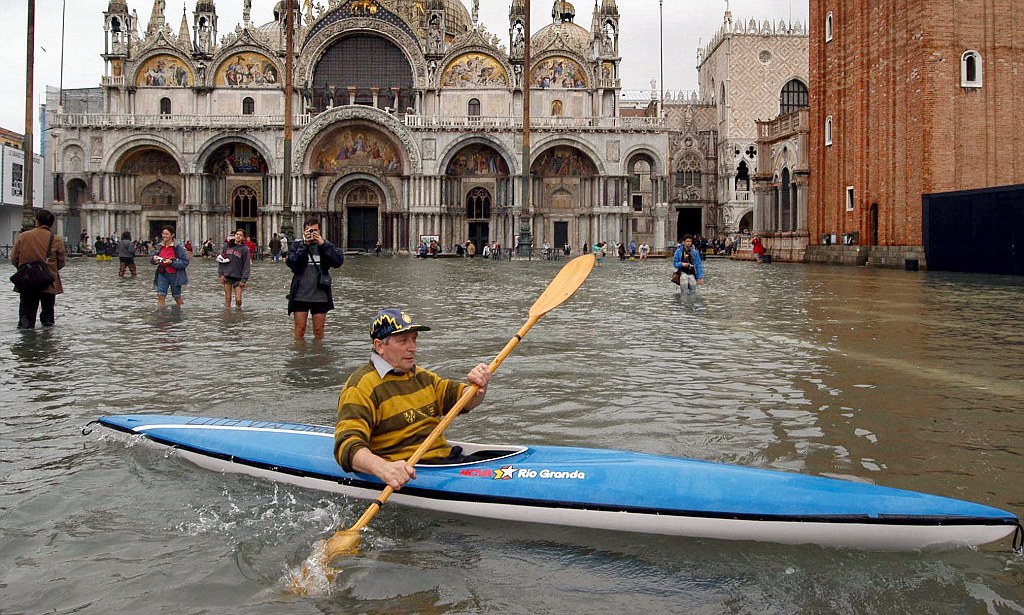
A man paddles his canoe in a flooded St. Mark’s Square in Venice, northern Italy, Sunday, Oct. 31, 2004. An exceptional 137-centimeter (54 inch) high tide flooded eighty per cent of the town disrupting public transportation and flooding shops. (AP Photo/Luigi Costantini)
Named the world’s most beautiful city on a number of occasions, Venice is a popular tourist destination in Italy.
Despite the love that we seem to have for the city, its sinking is a well-documented tragedy taking place in realtime.
The city already experiences frequent flooding, with it habitually erecting wooden walkways when its pavements are overcome with water.
A combination of natural tectonic plate shifting and rising sea levels and flooding attributed to climate change has led to Venice inching closer to complete submergence each year. Scientists have estimated that the city has sunk by around 2 feet since the 1700s.
Previously, it was believed that the sinking had stopped. But in 2012, it was discovered that it hadn’t – but it had slowed. This was largely due to Venice ceasing groundwater extraction, thus stopping the ground below the city from compressing and sinking. This is great news! However, sea levels are still rising and we can also do something about that.
For years now, talks have been had on how to save Venice, including mobile floodgates, and even raising Venice’s pavements and shores by 1 metre. They’re not without their flaws and wider concerns, but hopefully something can be done for the “most beautiful city in the world”.
Miami
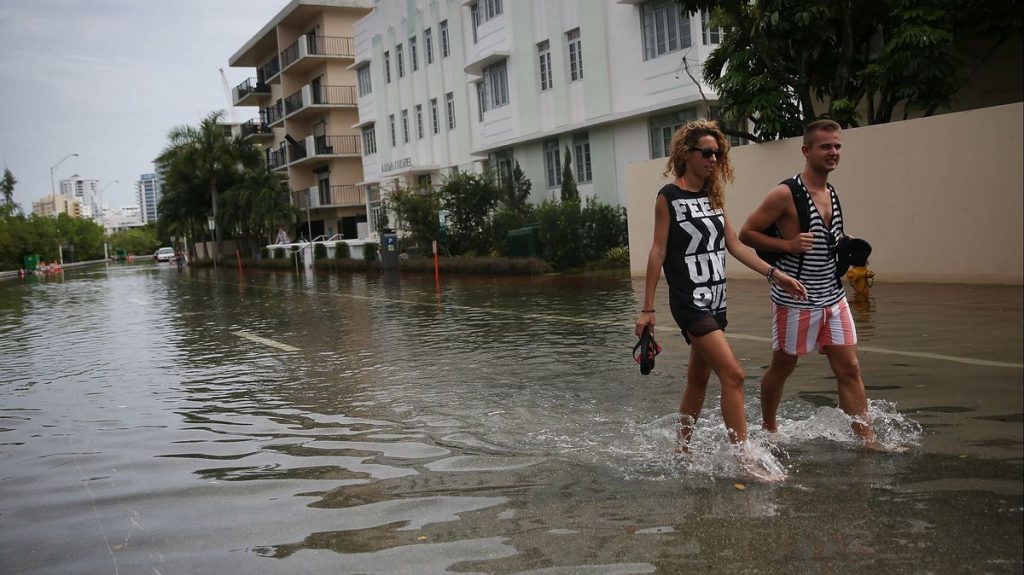
For Miami – a place that already faces consistent flooding – it seems inevitable that the city will, at some point, be submerged. However, it’s impossible to accurately state when that will happen because we don’t know how fast the ice caps will melt in the future. If more effort is put into its prevention around the world, then it will take longer.
Apparently, the most-used research for southeast Florida has predicted a sea level increase of 2.5ft-5ft by 2100. Meanwhile, some researchers put it as high as 14 feet.
When you think about the fact that just 6.6 would put most of Miami underwater, it’s clear that there’s no time like the present. As the city with the most to lose financially out of any other coastal city in its position, it really is a race against time to save Miami. In Florida as a whole, $69 billion worth of property is at risk of flooding in less than 15 years.
Unfortunately, it’s been accepted by now that not all of Miami can be saved. However, hopefully authorities are working quickly to minimise the problem as much as possible before time runs out.
Tehran
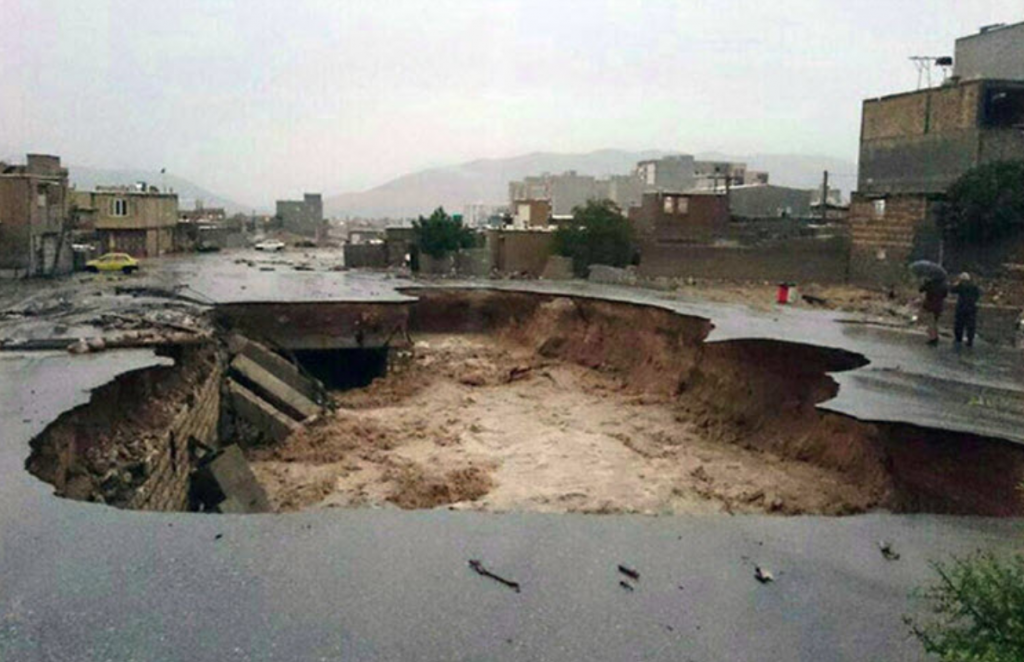
The capital of Iran is another city which has fallen victim to over-extraction of groundwater.
According to Mohsen Tabatabei, a Ministry of Roads and Urban Development official, 4 billion cubic metres of water are extracted from wells in Iran every year. A third of the wells they’re extracted from are illegal.
Subsidence – the sinking of an area of land – is occurring on a frequent basis now in Tehran especially. In 2019, the Iranian government stated that the average annual level of subsidence in Tehran was 8.6 inches. Similarly, another study around the same time placed it at 9.8 inches. For context, the normal range is around 1.1 inches.
Not only is it causing the city to sink, but it’s also causing sinkholes and fissures to open up in the earth across Tehran.
Conclusion
Cities are sinking.
That’s an awful fact, regardless of what we as individuals think about climate change or global warming.
For some cities, it’s centuries too late, but for some it’s not and it is important to remember that.
Now, of course, this is not going to wipe out all 8 billion people on Earth. However, it’s clear that action needs to be taken by those with the power and money to do so, to help protect the people and the landscapes of these great cities.
As Dr Sasja van der Vaart-Verschoof of the National Museum of Antiquities’s prehistory department said of Doggerland, “The climate change we see today is man-made but the effects could be just as devastating as the changes seen all those years ago.”
When booking holidays, some of the sinking cities may be under water in the years to come, so try to visit sooner rather than later.
